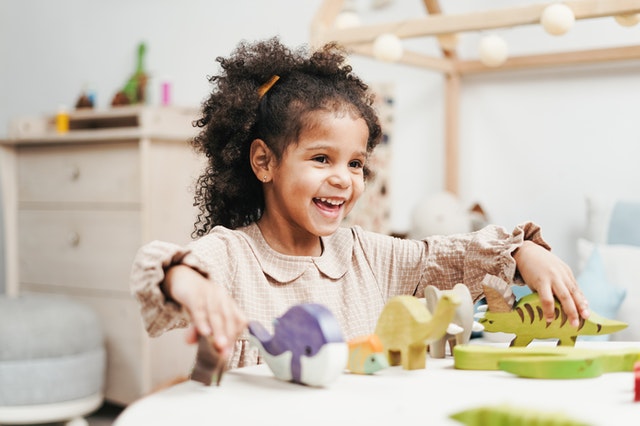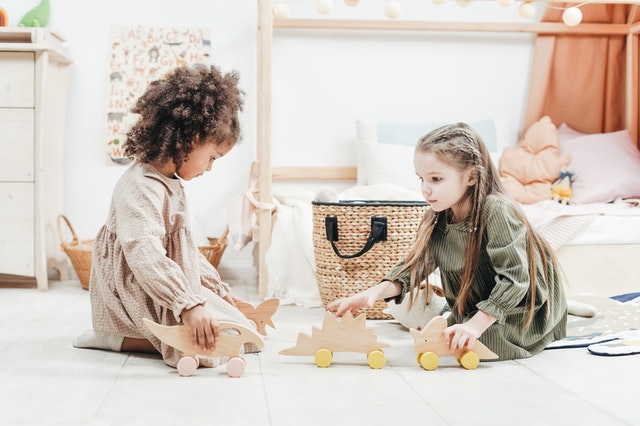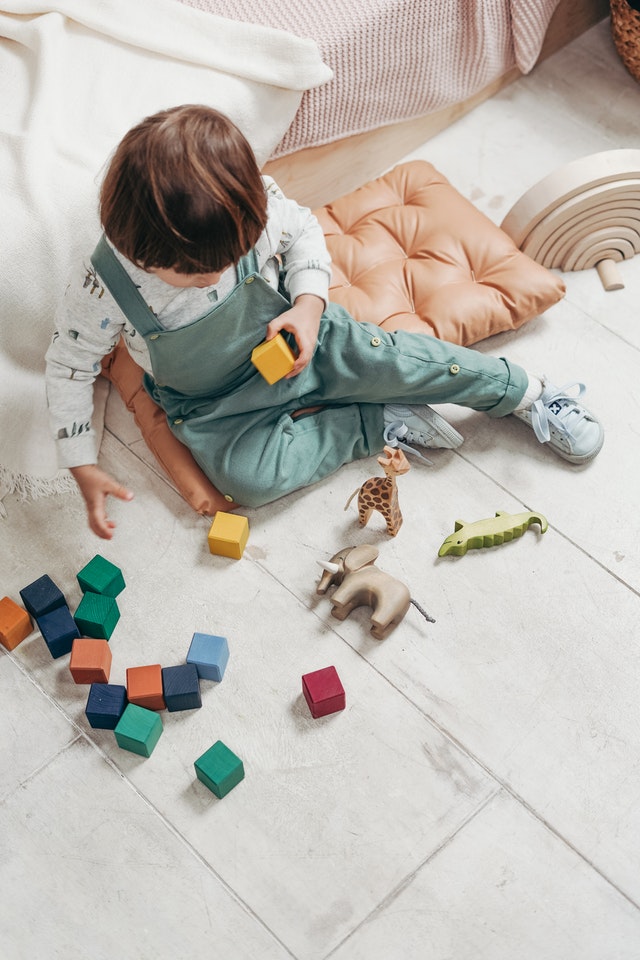If you have a child approaching preschool, or you’re just looking for alternatives to your local public school, you likely have run across the educational term “Montessori.” A decades-old educational theory that’s now used in thousands of schools across the world, the Montessori approach puts children’s creativity, natural instincts and organic learning first.
Those who love the Montessori method swear by its means to open up a child’s creativity and develop children with a lifelong love of learning, but does it live up to the hype and is it right for your child?
What does the Montessori method look like in the classroom?
A Montessori classroom implements a few key differences from what you might see in a traditional classroom, from the furniture to the toys and beyond. Montessori classrooms are usually designed around the size and needs of a child, incorporate lots of natural elements and are minimalistic and clean in nature. You’ll find that this is true for Montessori toys as well — most have a sleek, clean, natural-looking design. There are no bells and whistles, flashing lights or loud noises here.

Children are loosely guided by a teacher, but are mostly left up to their own direction, allowing them to learn and collaborate with their peers at their own paces — a method that practitioners say works, due to children’s innate willingness to learn and develop.
Usually, areas of the classroom are strictly separated to allow for learning different subject matters. One area might be used to teach real-life skills, outfitted with child-size brooms and dustpans or boards that allow them to practice their shoe-tying. Another area might be dedicated to sensory development, with a sand and water table.
How do I know if the Montessori method is a good fit for my child?
There are a few questions that you can ask, to help determine whether or not your child would thrive in a Montessori environment.
Does your child struggle with environments that enforce a large amount of restrictions, whether that be restricting them to sit in a single spot all day, or restricting the timeframe in which they can complete a certain activity? Then they might enjoy and benefit from a Montessori classroom’s self-guided experiences.

Does your child not deal well with chaos and mess, loud noises and clutter? Do they appreciate order and organization? They could prefer a Montessori classroom’s minimalism and neatness.
Does your child already show that they enjoy guiding their own learning and do they actively seek out educational experiences on their own? Then a Montessori classroom could build upon that and open more doors for them to continue doing so.
Want to try out the Montessori method at home?
If you’re currently teaching your child at home, or if you just want to test out the Montessori method on a smaller scale, you can begin implementing the Montessori method at home, in order to see how your child responds to it.
For one, you can make your child’s bedroom or playroom mimic the setting they’ll find in a Montessori classroom. Organize your child’s room into various areas for activities (one area for sleeping, one for real-life skills, one for the arts). Reduce clutter. Configure your child’s room around their needs and even physical stature, such as putting things they use on a daily basis in their reach, so they can learn to help themselves.

You can also invest in more toys that teach, versus simply entertain. Children love to play with toys that allow them to “pretend,” so get them some pretend tools that they might use later in life, such as child-friendly gardening tools or cooking tools. These types of Montessori toys can go much further to develop their young minds than any toy that simple offers flashing lights and noises.
As nature is a large part of the Montessori method, make it a point for you, your child and the entire family to connect with nature, whether that’s through simply hanging out in the backyard for an hour each day, starting a small windowsill garden or going on a hike.
Every child learns differently
Of course, the important thing to remember is that every child learns differently. The Montessori method won’t work for every child, no matter how lauded or trendy it is. Get to know your child more and you’ll easily and quickly learn if the Montessori method is right for their needs.

